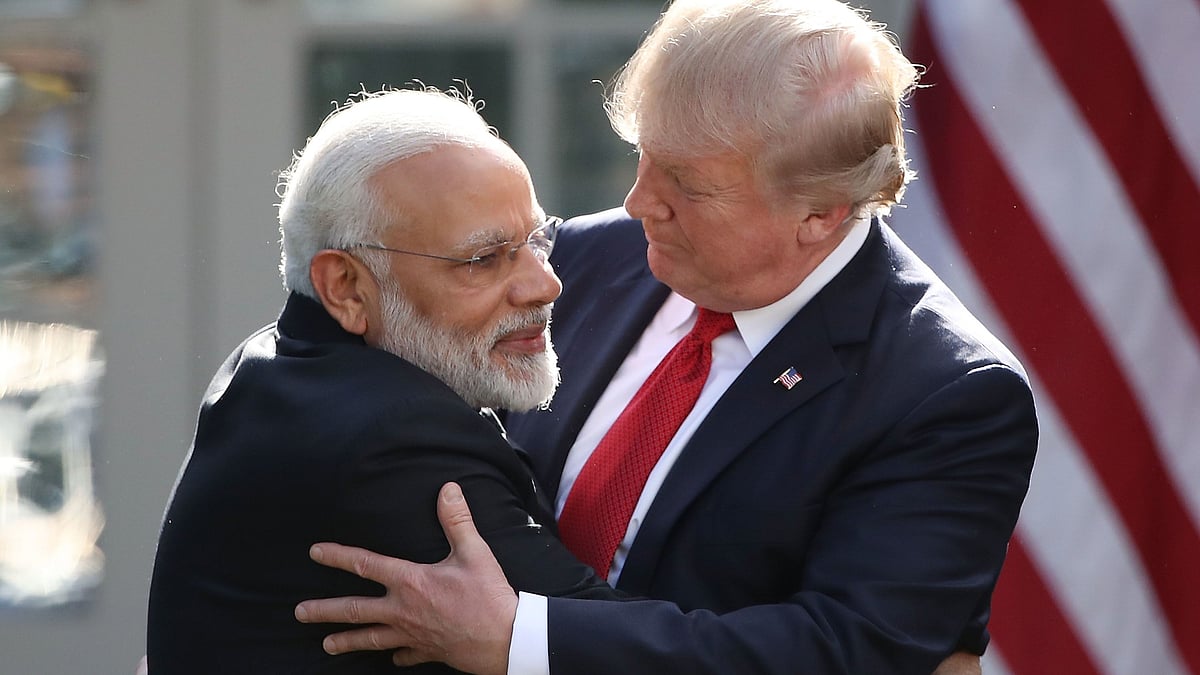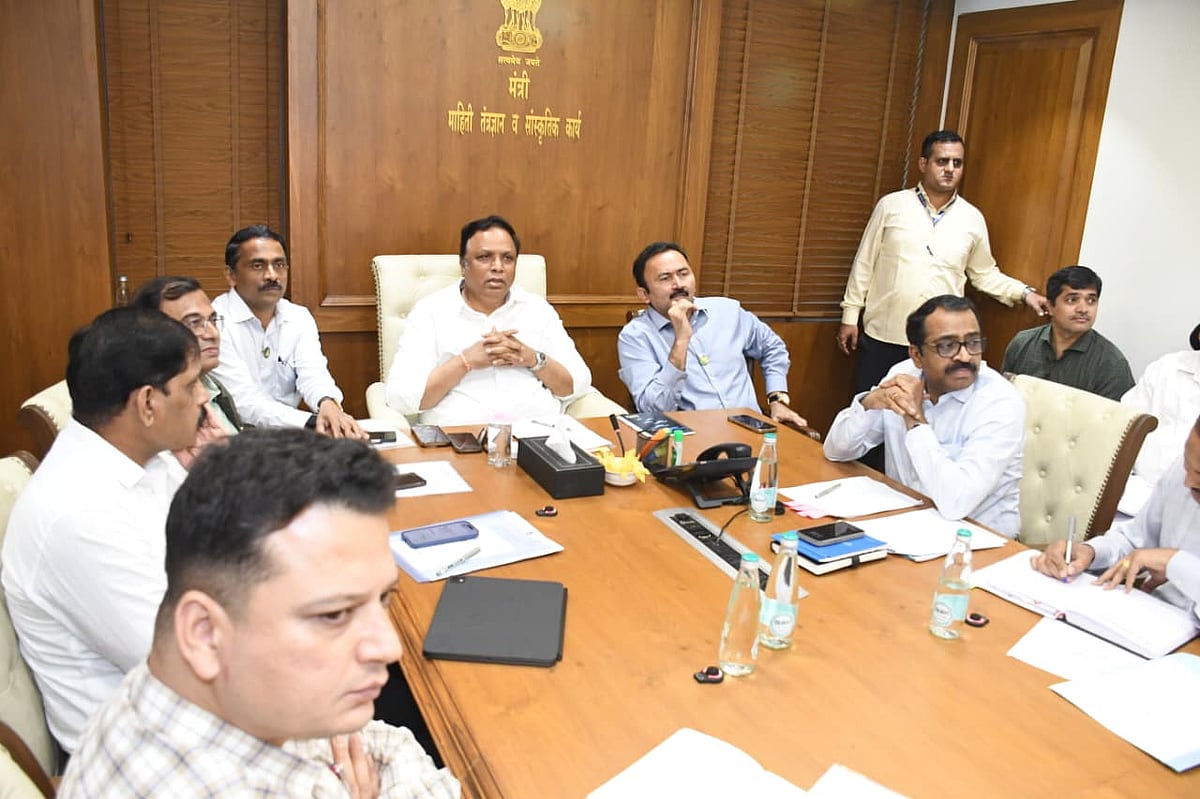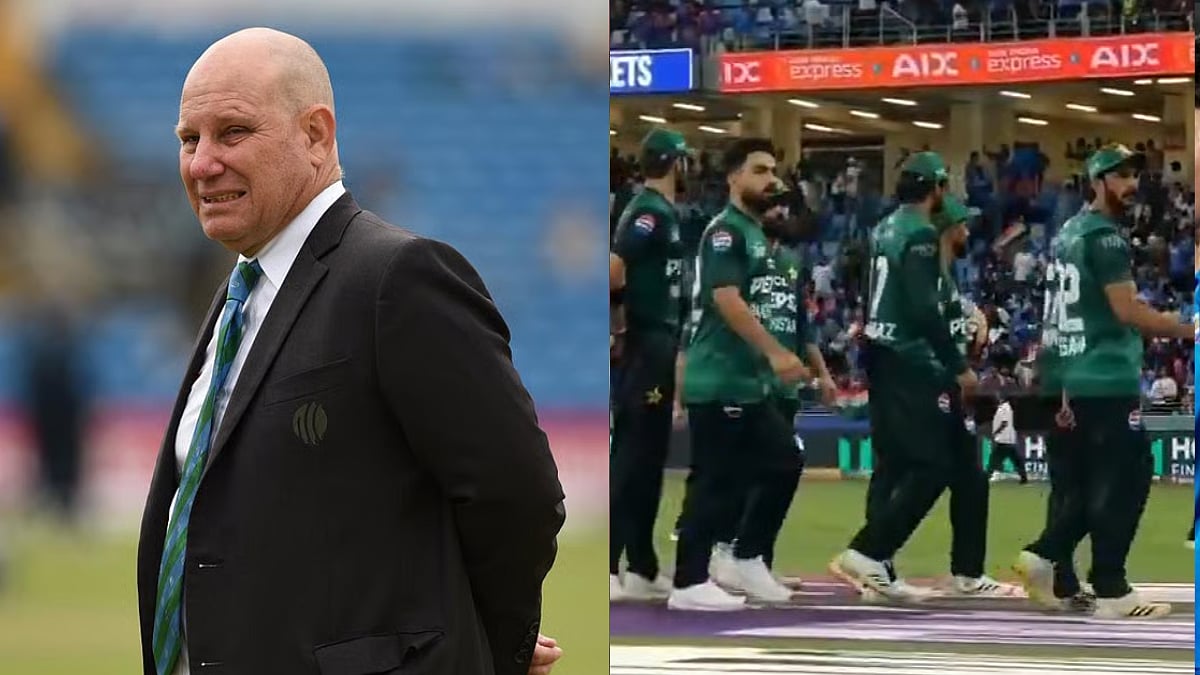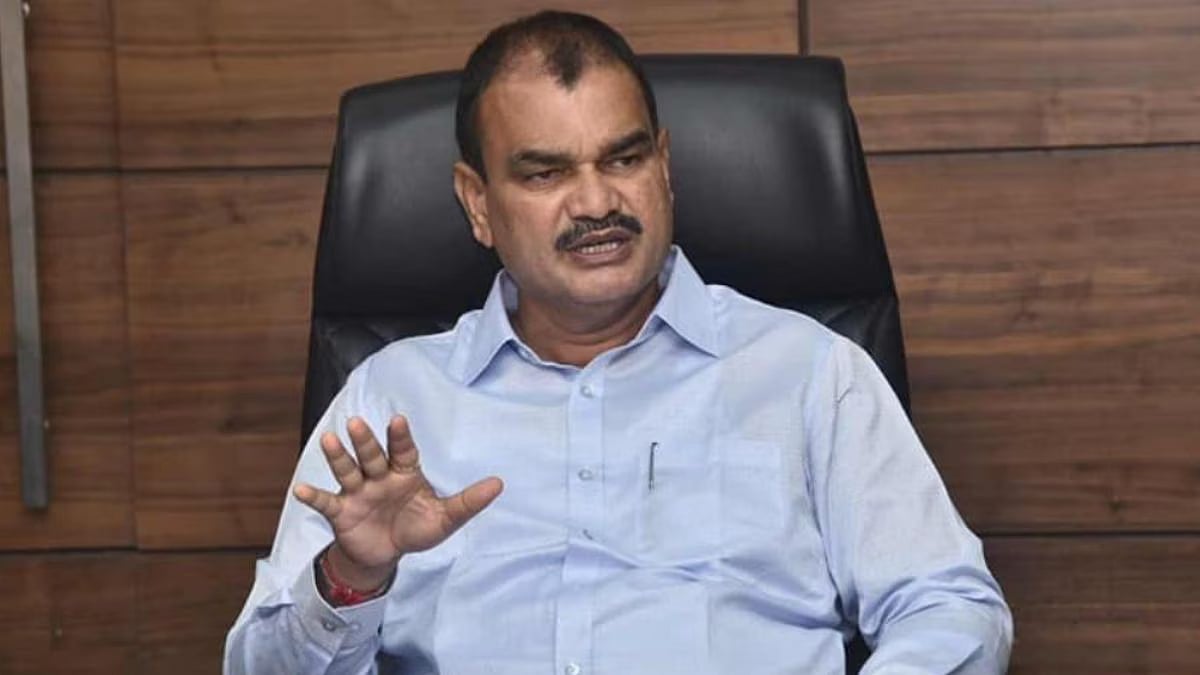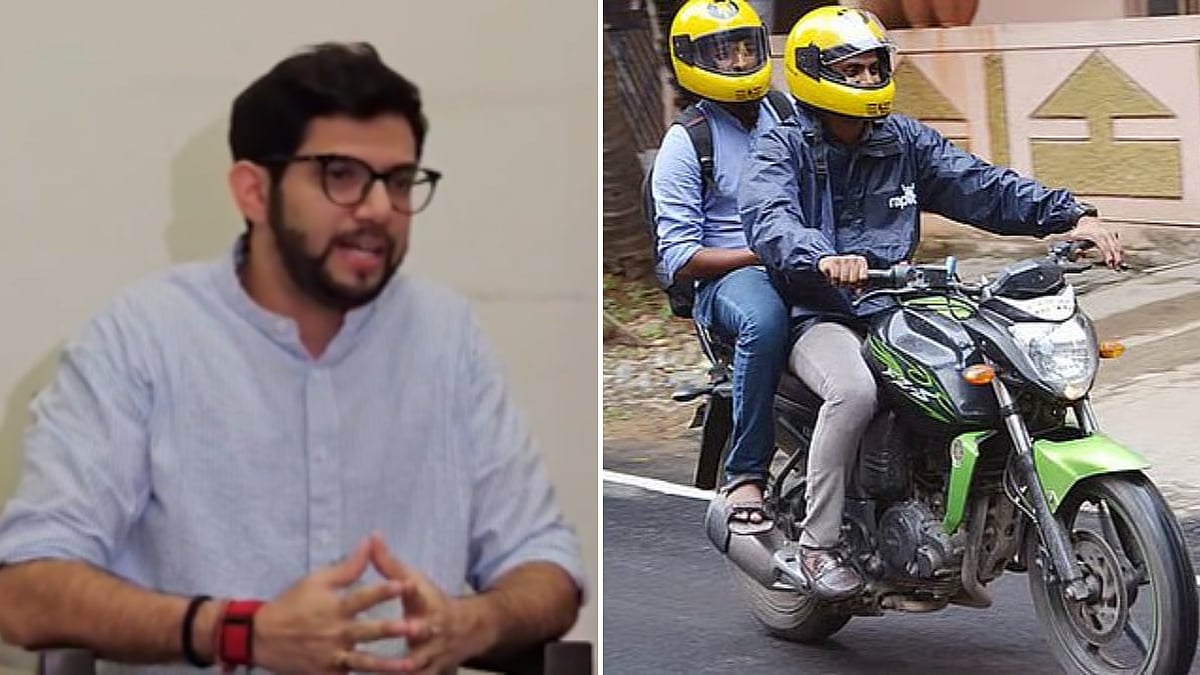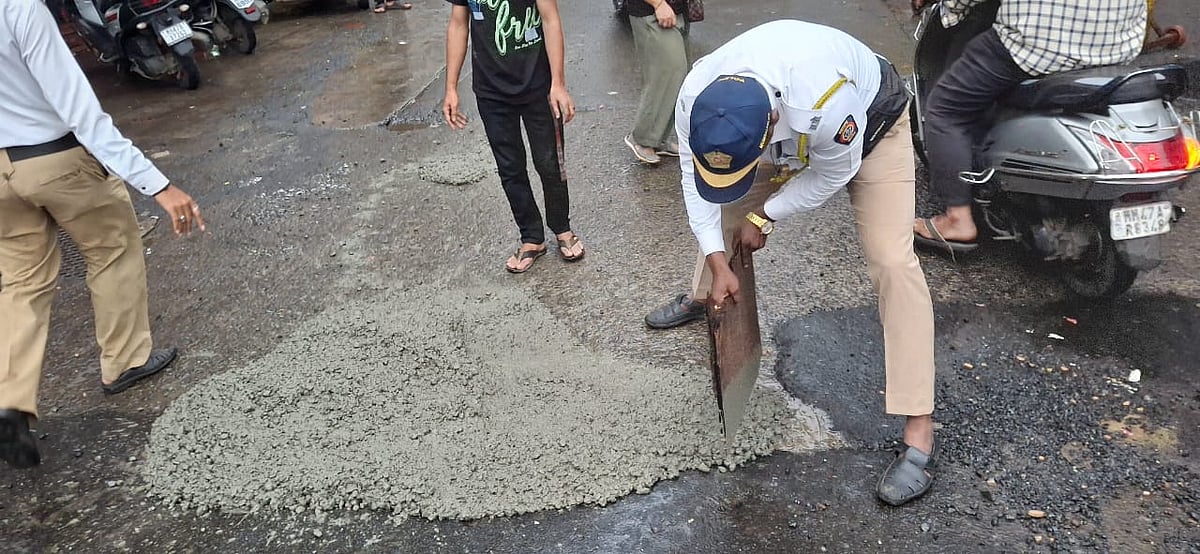From being a nurse to the Mayor of Mumbai, Kishori Pednekar is a force to reckon with. Her political journey started with the Shiv Sena in 1983. In 2002, she contested the BMC corporation election and won. In recent times, the three-term Shiv Sena corporator from Lower Parel, Pednekar has been at the forefront of BMC’s fight against COVID-19. Taking time off from her busy schedule, Pednekar answers a volley of questions—from the city's healthcare system to infrastructure. Excerpts from the interview:
How have your Mayoral duties changed over the years?
I feel overall things — responsibilities and people's attitude towards them — have in the political sphere over the years. I became a corporator in 2002. That time, the ward was limited to a certain area, which had a population of 40,000 to 45,000 people. Today, it has increased to 60,000 people. This means back then when there were roughly 8000 to 8500 houses, now it has increased to about 18,000 houses. And to approach all of them is difficult for any corporator. Even geographically some wards are big. For example, take my ward (199), which covers Lower Parel station, the backside of Currey Road station and goes on till Chinchpokli Naka. Every ward has a different geographical structure, which makes it difficult to work in and not every problem of the public reaches us either. Shiv Sena has workers at every level — starting building in-charge to a group incharge — so even the smallest of problem we get to know about. But not all corporators are aware about all the things happening in their wards, due to which we can’t reach out to every voter and help him/her with their problems.
What changes have you seen in the city as a resident of Mumbai?
During my childhood, I remember we could see Lower Parel from Worli Naka. But now in many areas, it is difficult to see such spots due to the rise in illegal constructions. Mumbai is not planned a city compared to other ones like Navi Mumbai, New Panvel and Thane. But as Mumbai is not a planned city so geographically it expanded the way it wanted, like an amoeba. But I want appreciate the efforts BMC puts in reaching out to people and helping them. During my growing up years, roads of Mumbai were washed on the weekends by the BMC workers, but today machines have taken over. But now we can use purified water from the Sewage Treatment Plant (STP) for gardens and cleaning roads. Earlier, roads in the city had big, beautiful name boards, but now that has changed too; some places either they are broken or missing.

What is your dream project for the city?
If the COVID-19 pandemic wasn't there, I would have focused more on education, health infrastructure and Mumbai’s beautification. Though the pandemic has changed the course of action, I can see schools and hospitals slowly changing. We built COVID-19 centres, which will last for atleast 15 to 25 years. Recently, Aaditya Thackeray inaugurated BMC’s new school witha capacity of 400 students under the CBSE board in Aziz Baug in the eastern part of the metropolis. In the coming two years atleast 50 such schools will be functional. About Mumbai’s beautification, it is slowly taking shape. For example, we recently undertook the beautification of Mahim beach and then installed LED lights at traffic signals—the entire pole changes colour whenever there is a change in the traffic signal, for instance, on red the whole pole become red, and so on.
How would you describe Mumbai's fight against COVID-19?
We have come a long way since the pandemic began. I remember when it started towards the end of 2019, people in other countries were literally collapsing. No one at that point had thought COVID-19 will come to India, let alone Mumbai. In the initial days there was also little information available about the virus. When it started spreading in Mumbai with the number of cases going up, I set up appointments with doctors, hospital staff and also visited hospitals to take stock of things. But, today, we have come a long way—we have dedicated Covid centres and hospitals, and an equipped medical staff. As a Mayor of the city, I did my best to help people tide through these difficult times. In fact, my work was appreciated by Chief Minister Uddhav Thackeray. I was even presented with the "Certificate of Commitment" by the World Book of Records for my work during the pandemic.
COVID-19 pandemic has exposed the flaws in city's health infrastructure. How is BMC planning to upgrade it?
Mumbai has better health infrastructure compared to cities and states. But, the pandemic put additional burden on the city. But we didn't lose heart. We got to work—bringing in ventilators, setting up oxygen generation plants, building COVID-19 centres, stocking necessary medicines like Remdesivir, etc. We are now gearing up for the third wave, for which over 25,000 beds at various hospitals, Jumbo Covid Centres and Covid Care Centres are being readied. In addition, separate wards for children and pregnant women are being set up in hospitals, medical colleges and Jumbo Centres. We are also fast-tracking construction of new hospitals with better infrastructure and amenities. Our civic hospitals have the best doctors.

Despite spending so much money on cleaning nullahs and constructing pumping stations, Mumbai still gets flooded during monsoon. What is BMC doing to change it?
Compared to what the situation was in 2005—the deluge which caused destruction and claimed several lives — we are doing far better today. Over the years, the BMC has undertaken many projects, which have helped in avoiding a situation like 2005. We have widened and de-silted nullahs to increase their capacity. We have widened the Mithi river as well. Back then 85 mm of rain caused flooding, but now even if we receive 350 mm of rain we don’t have waterlogging above our knees. I am not saying waterlogging won't happen as many parts of Mumbai are in the low-lying areas. During high tide, rainwater from drains is not discharged into the sea and it starts regurgitating. But, due to steps taken over time, water recedes faster, within hours rather than days. Hindmata, which is one of the chronic waterlogging spots, doesn’t see traffic jams during monsoon as we have built an over-bridge so that the traffic keeps moving even though there is waterlogging. We are also constructing underground rainwater storage tanks at Marine Lines and Shivaji Park. The purpose of these tanks is to reduce waterlogging in Hindmata, Parel, Prabhadevi, Dadar, etc. These large underground water tanks have a holding capacity of at least three hours. Once high tides are over, the stored water will be pumped discharged into the sea via drains.
These underground rainwater storage tanks will help us in the long run and by the next monsoon, we hope to see less amount of flooding. If you see now the rainwater drains out within two to three hours. The Brihanmumbai Storm Water Disposal (Brimstowad) project, which was implemented to overhaul the city's centuries-old drains, has proven to be of immense help. The project is planned to augment drainage, construct new drains, widen and de-silt nullahs to increase their capacity.
What do you think Mumbai needs to do to be a better city?
In order for Mumbai to make further progress, the residents need to imbibe in them some civic sense and responsibility. For instance, there are 10 to 20 percent Mumbaikars who throw garbage in nullahs; this should change. We see people spitting, throwing rubbish on the streets, this habit needs to be changed. Change will only happen when people start taking responsibility towards their city. BMC can’t stop every resident from doing these things, people should realise it themselves.
When will Mumbai's Coastal road project be completed?
The coastal road project will be completed by 2024, and it will be of huge help to Mumbai in the future. It will streamline traffic in the city, save time and fuel, and benefit the environment.

